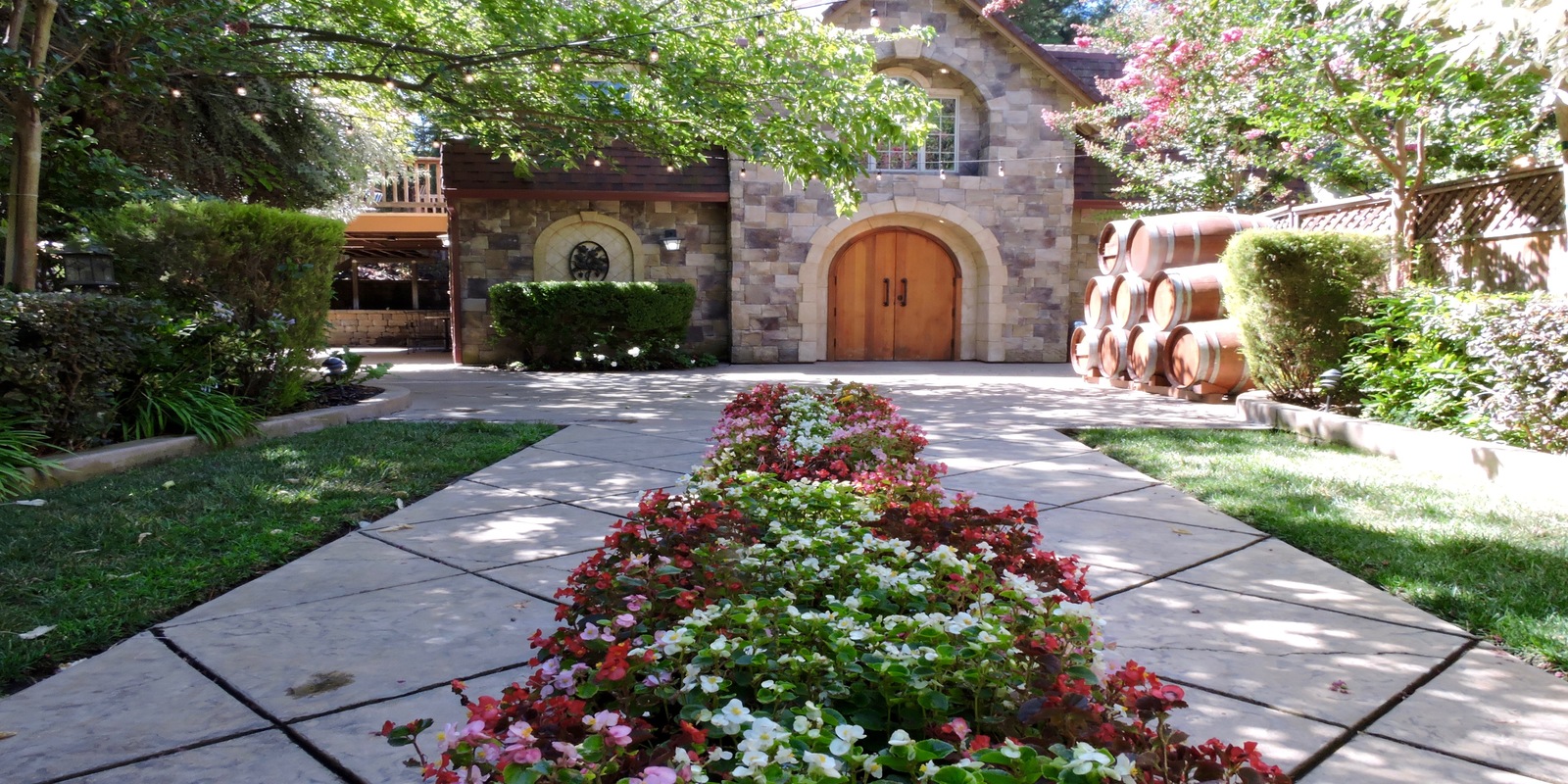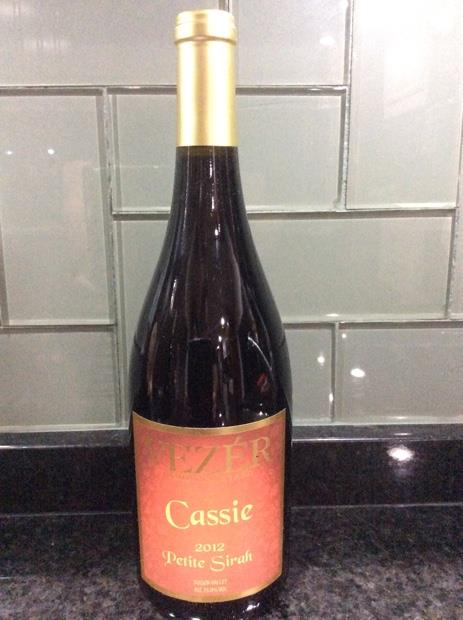


The primary red grape is Petite Sirah but other red grapes include Cabernet Sauvignon, Zinfandel, Cabernet Franc, Merlot, Syrah, Sangiovese, Tempranillo, Barbera, Teroldego, Grenache, Carignane, Mourvedre, Primitivo, Aglianico, Malbec, Chabono, and even Pinot Noir. There are more than 3,000 acres planted to more than 28 varieties of wine grapes in the Suisun Valley. The “lower valley” is windy and the coolest part where even Pinot Noir can grow the “mid-valley” is where the winds are buffered by the mountains resulting in idyllic growing conditions for a variety of grapes the “upper valley”, the warmest area, is where the canyons lead into Napa Valley. Only eight miles long and three miles wide, there are three distinct climate zones. In a Mediterranean climate with a marine influence, cool winds come in from the bays and help the grapes mature. George range, the Suisun Valley is also influenced by the San Pablo and Suisun Bays. Surrounded by the Vaca Mountains and the St. Originally home to the Patwin tribe, the name “Suisun” is a Patwin word that means “where the west wind blows”. It is under the North Coast AVA that you have likely had a wine from the Suisun Valley. And, in 1983, the Suisun Valley was inducted into the North Coast AVA which includes the AVAs of Napa and Sonoma. The Suisun Valley American Viticultural Area (AVA) was established in 1982, making it the 12 th AVA established in California. In fact, grapes have been cultivated in this area since the 1800s. The Suisun Valley lies on the backside (southeast side) of Napa Valley where the two regions share a county line.

How is that possible? Where is the Suisun Valley? What is the Suisun Valley? Well, after reading this, you might start saying, “See you in Suisun!”. - Book one of our vehicle for as long as you desire to enjoy safe ride.There is a likely chance you have not heard of the Suisun Valley but an equally likely chance you have had wines made from grapes from the Suisun Valley.



 0 kommentar(er)
0 kommentar(er)
